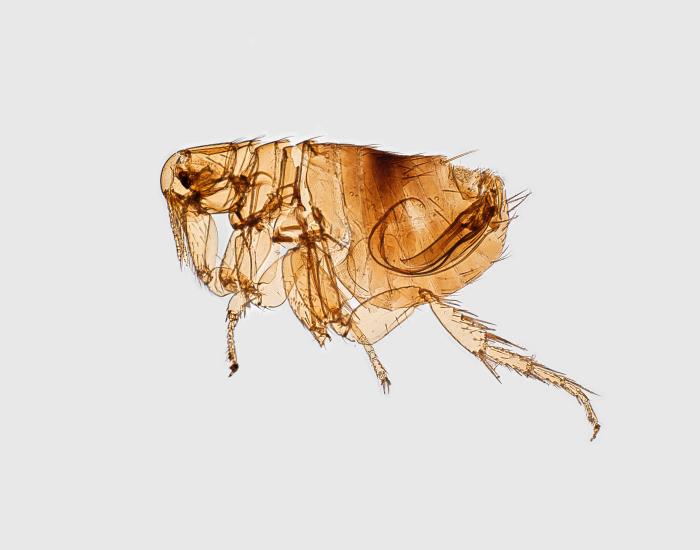An 81-year-old woman died on February 26 in the municipality of Apolo, north of La Paz, due to a plague of bubonic plague and thus confirms the first case of this type of disease in 2018, according to a La Razon report (computer translated).

Health officials perform the active search for rodents and evaluated homes in the communities of Machua, Los Altos, Alto Humaca and Suturi, where they also trained residents on the symptoms of the disease, its consequences and how to disinfect vulnerable areas with insecticides.
Plague is an infectious disease caused by the bacterium, Yersinia pestis. It is found inanimals throughout the world, most commonly rats but other rodents like ground squirrels, prairie dogs, chipmunks, rabbits and voles. Fleas typically serve as the vector of plague. Human cases have been linked to the domestic cats and dogs that brought infected fleas into the house.
People can also get infected through direct contact with an infected animal, through inhalation and in the case of pneumonic plague, person to person.
Yersinia pestis is treatable with antibiotics if started early enough.
Treat your snoring problem and get quiet sleep, guaranteed!
There are three forms of human plague; bubonic, septicemic and pneumonic.
Bubonic plague: This is the most common form. In this form, the bacteria enter the body through the bite of an infected flea or rodent. Here the bacteria infect the lymphatic system. After a few days to week, the person will experience fever, chills, weakness, and swollen lymph glands. These are called buboes.
Untreated bubonic plague is fatal about half the time.
Septicemic plague: This form is also contracted from a flea or rodent bite. Sometimes it appears subsequent to untreated bubonic or pneumonic plague. It involves bloodstream dissemination to all areas of the body. Buboes do not occur. Symptoms are endotoxic shock and disseminated intravascular coagulation. Untreated septicemic plague is nearly always fatal.
Pneumonic plague: Probably the most serious form of plague and it’s when the bacteria infect the lungs and cause pneumonia. It is contracted when the bacteria is inhaled (primary) or develops when bubonic or septicemic plague spreads to the lungs.
Pneumonic plague is contagious and can be transmitted person to person. It is highly communicable under appropriate climate conditions, overcrowding and cool temperatures. Untreated pneumonic plague is frequently fatal.


One thought on “Bolivia reports 1st bubonic plague case of year north of La Paz”